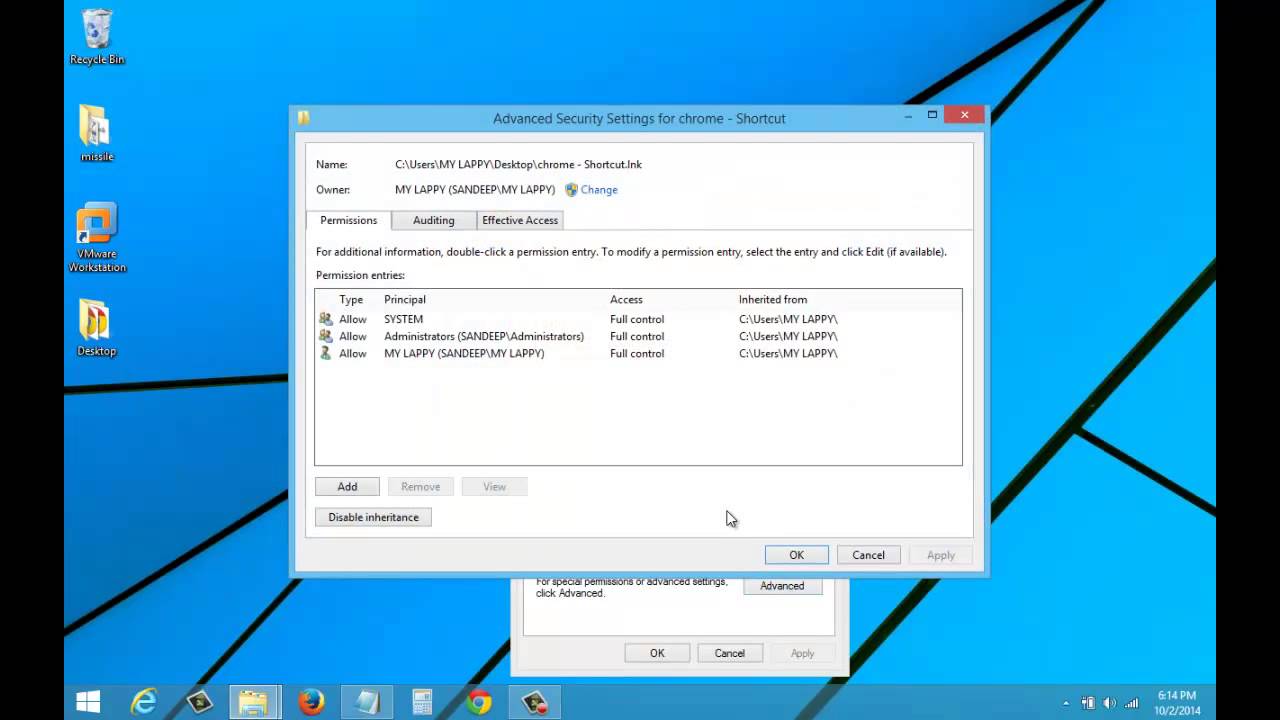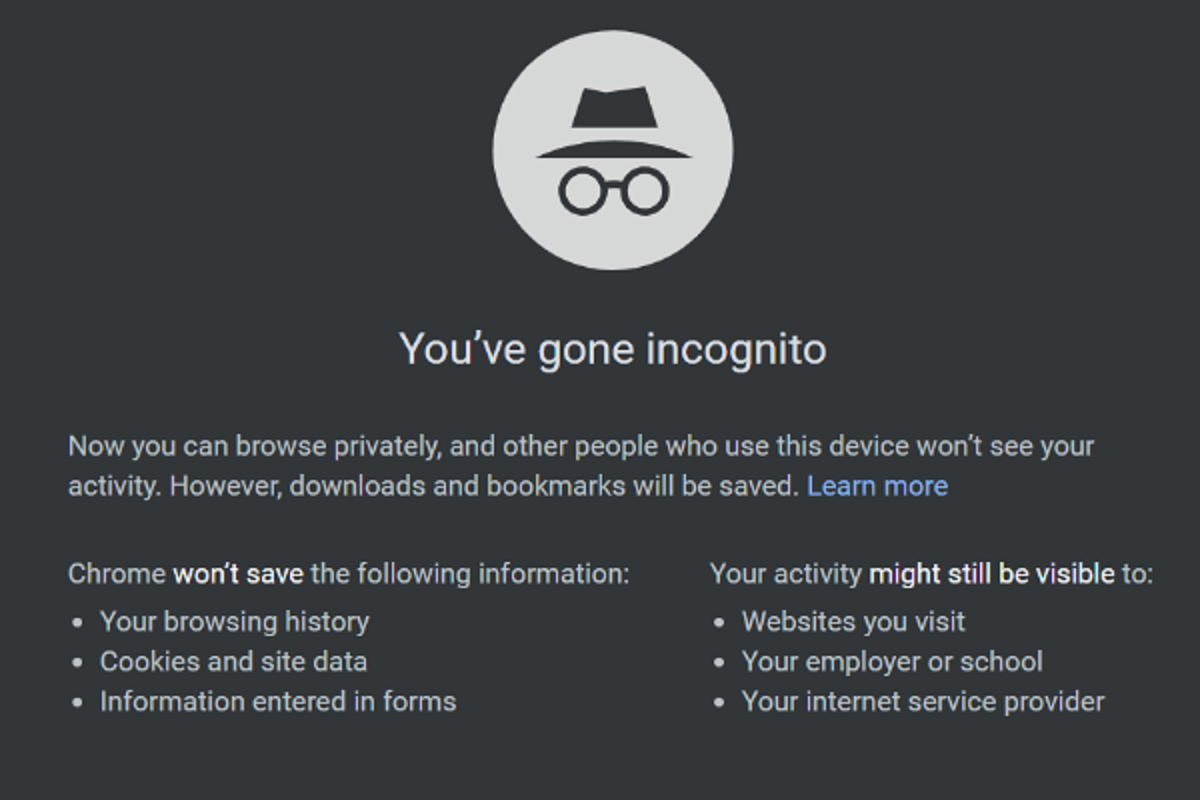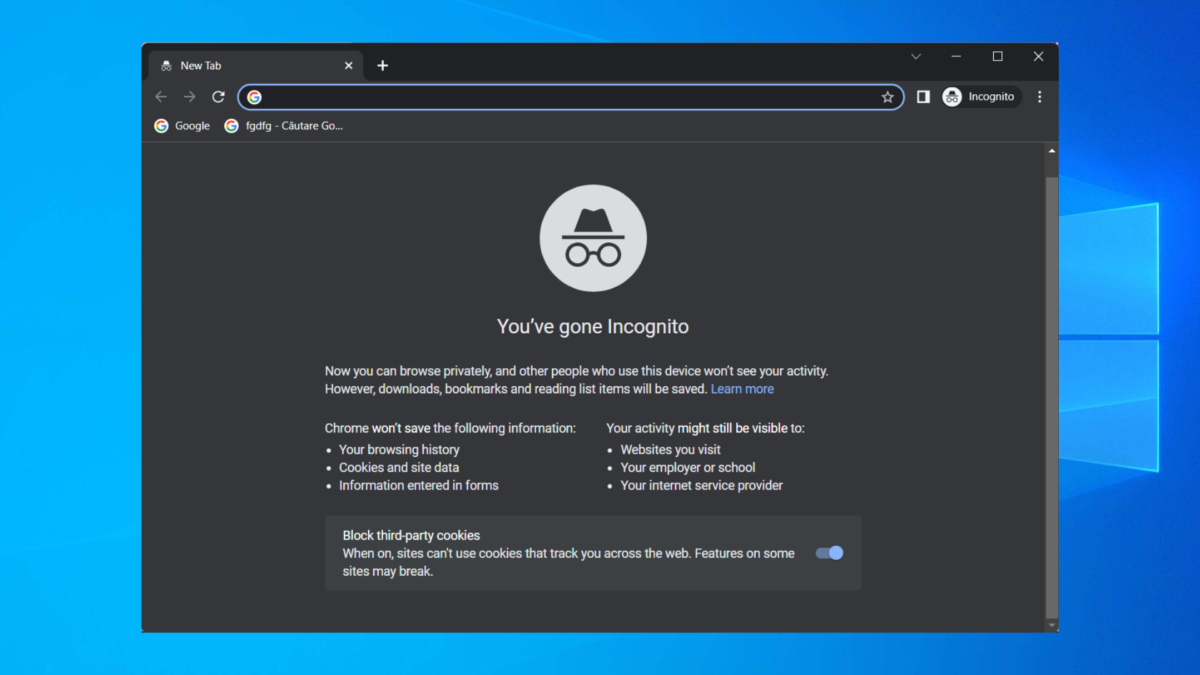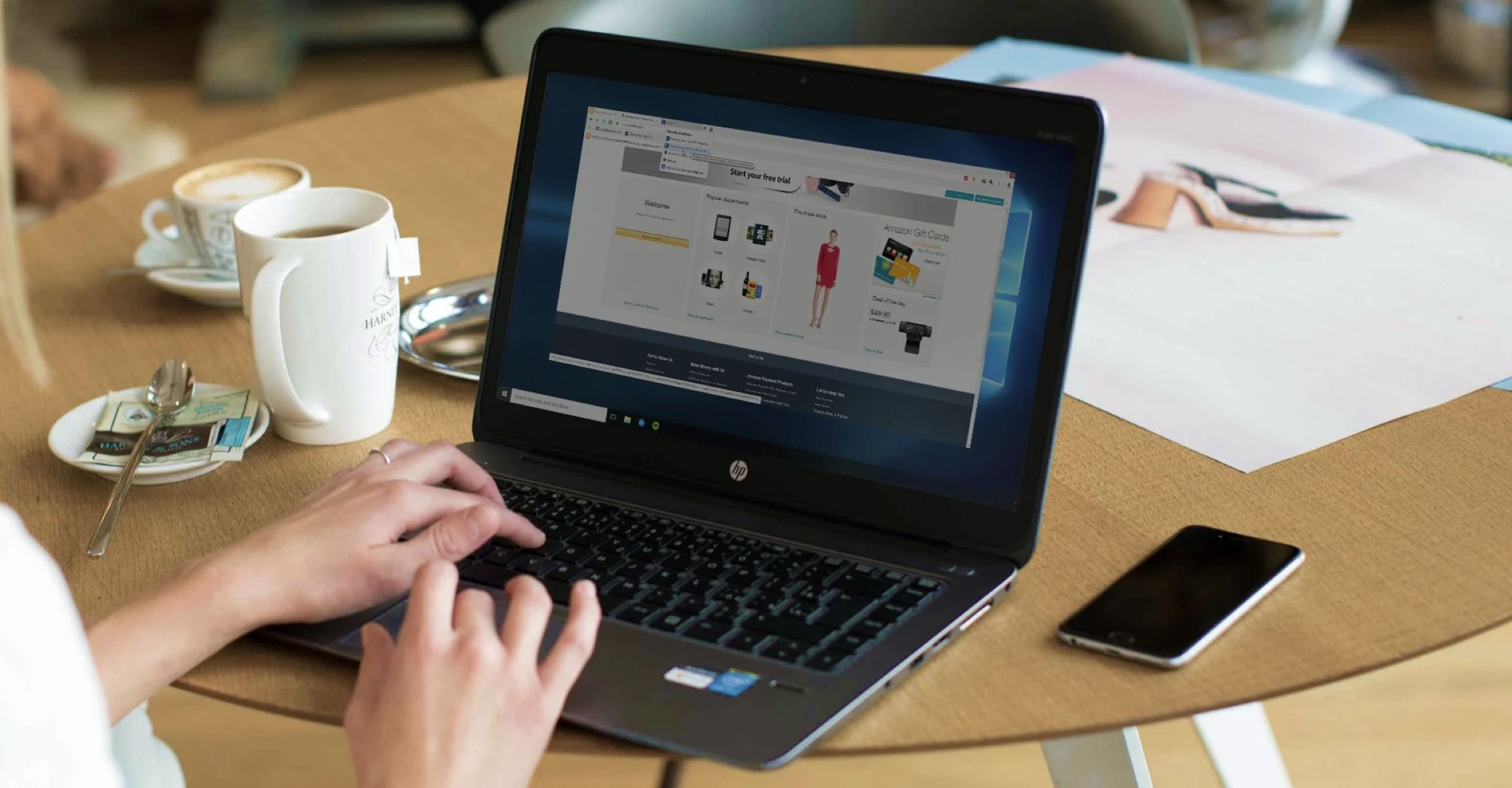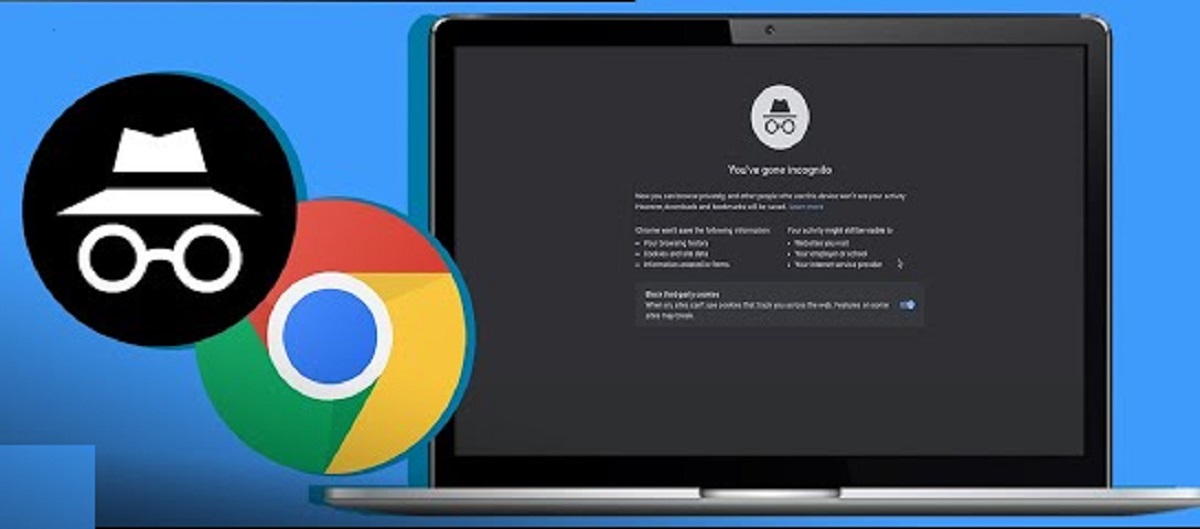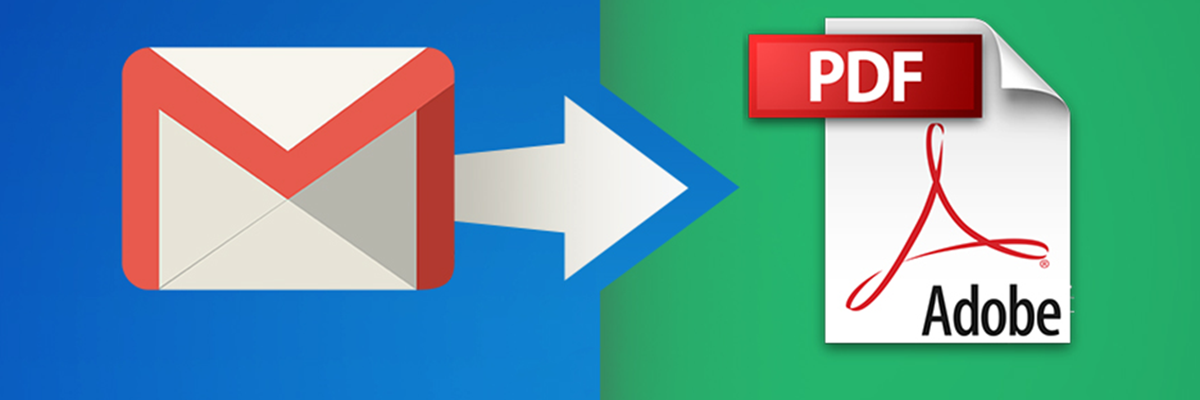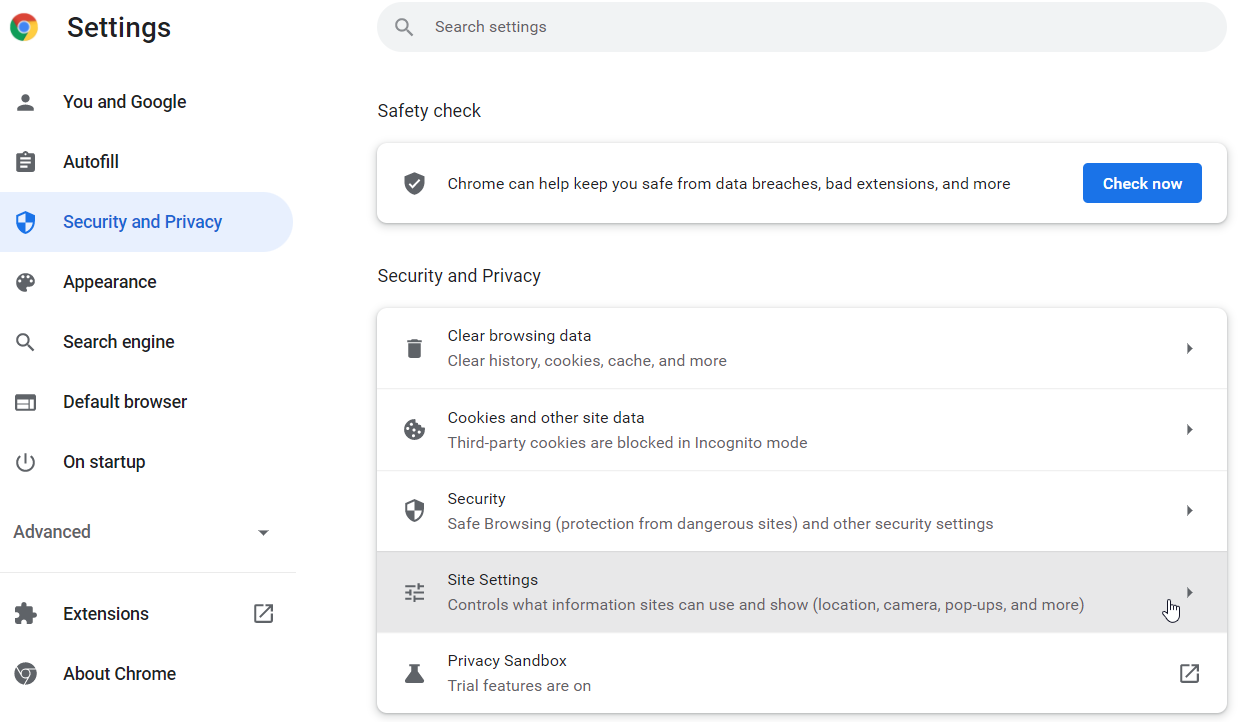Common Causes of Google Chrome Not Opening
Google Chrome is a popular web browser used by millions of people worldwide. However, there are instances when users encounter issues with Chrome not opening. Understanding the common causes behind this problem can help users troubleshoot and resolve the issue effectively.
-
Corrupted User Profile: A corrupted user profile can prevent Google Chrome from opening. This can occur due to various reasons such as software conflicts, unexpected shutdowns, or malware infections.
-
Outdated Chrome Version: Using an outdated version of Google Chrome can lead to compatibility issues with the operating system or other software, causing the browser to fail to open.
-
Conflicting Browser Extensions: Certain browser extensions or add-ons may conflict with Chrome, causing it to crash or fail to open. This can happen when extensions are not updated or are incompatible with the current version of Chrome.
-
Insufficient System Resources: Running multiple applications or having insufficient system resources such as RAM can hinder Chrome from opening properly. This can lead to slow performance or browser crashes.
-
Malware or Viruses: Malicious software or viruses can infect the browser and interfere with its normal functioning, leading to issues such as Chrome not opening or crashing.
-
Corrupted Installation: A corrupted installation of Google Chrome can result from incomplete updates, unexpected system shutdowns during installation, or file system errors.
-
Conflicting Software: Certain third-party software, such as antivirus programs or system utilities, may conflict with Google Chrome, preventing it from opening or functioning correctly.
-
Hardware Acceleration Issues: Enabling hardware acceleration in Chrome can sometimes lead to compatibility issues with certain graphics drivers or hardware configurations, causing the browser to fail to open.
Understanding these common causes can help users diagnose and address the issues preventing Google Chrome from opening. In the next section, we will explore effective troubleshooting methods to resolve these issues and get Chrome up and running smoothly again.
How to Troubleshoot Google Chrome Not Opening Issue
When faced with the frustrating issue of Google Chrome not opening, there are several troubleshooting steps that can help diagnose and resolve the underlying problems. By following these methods, users can effectively address the issues preventing Chrome from launching and restore seamless browsing experiences.
1. Restart Your Computer
A simple yet effective initial step is to restart your computer. This can help clear temporary system glitches and free up system resources, potentially resolving any underlying issues preventing Chrome from opening.
2. Check for System Updates
Ensure that your operating system is up to date. Installing the latest updates for your operating system can address compatibility issues that may be causing Chrome not to open.
3. Update Google Chrome
If Chrome is not opening, it may be due to an outdated version. Check for and install any available updates for Google Chrome to ensure that you are using the latest version with bug fixes and performance improvements.
4. Disable Conflicting Extensions
Some browser extensions may conflict with Chrome, causing it to fail to open. Temporarily disable all extensions and then attempt to open Chrome. If it opens successfully, re-enable the extensions one by one to identify the problematic one.
5. Clear Browsing Data
Clearing the browsing data, including cache, cookies, and history, can help resolve issues with Chrome not opening. Navigate to the browser settings and clear the browsing data to eliminate potential conflicts.
6. Run Chrome Cleanup Tool
Google provides a Chrome Cleanup Tool designed to detect and remove software that may cause problems with Chrome. Running this tool can help identify and address issues preventing Chrome from opening.
7. Create a New User Profile
If the issue persists, creating a new user profile in Chrome can help determine if the problem is related to a corrupted user profile. This can be done by accessing Chrome's settings and creating a new profile.
8. Disable Hardware Acceleration
Disabling hardware acceleration in Chrome settings can resolve compatibility issues with certain graphics drivers or hardware configurations, potentially allowing Chrome to open successfully.
9. Scan for Malware
Perform a thorough scan of your system for malware or viruses using reputable antivirus software. Malicious software can interfere with Chrome's functionality, leading to issues with opening the browser.
By following these troubleshooting steps, users can effectively diagnose and address the issues preventing Google Chrome from opening. These methods can help identify the root causes of the problem and restore Chrome to its optimal functioning, ensuring a seamless browsing experience for users.
Tips for Preventing Google Chrome from Not Opening
Preventing Google Chrome from encountering issues with opening involves implementing proactive measures to maintain the browser's stability and performance. By following these tips, users can minimize the likelihood of facing the frustration of Chrome not opening and ensure a seamless browsing experience.
1. Keep Chrome Updated
Regularly updating Google Chrome to the latest version is crucial for maintaining compatibility with the operating system and ensuring that known bugs and vulnerabilities are addressed. By enabling automatic updates or manually checking for updates, users can stay ahead of potential issues that may hinder Chrome from opening.
2. Manage Browser Extensions
Carefully manage and regularly review the browser extensions installed in Chrome. Remove or disable unnecessary or outdated extensions to prevent conflicts that could lead to Chrome not opening. Additionally, ensure that all installed extensions are from reputable sources and regularly updated to maintain compatibility with the browser.
3. Monitor System Resources
Be mindful of the system resources being utilized, especially when running resource-intensive applications alongside Google Chrome. Insufficient RAM or high CPU usage can impact Chrome's performance and lead to issues with opening the browser. Closing unnecessary applications and tabs can help alleviate resource constraints and prevent potential conflicts.
4. Implement Security Measures
Maintaining a secure browsing environment is essential for preventing malware or viruses from interfering with Chrome's functionality. Install reputable antivirus software and keep it updated to regularly scan for and remove any malicious software that could potentially hinder Chrome from opening.
5. Regularly Clear Browsing Data
Frequently clearing browsing data, including cache, cookies, and browsing history, can help prevent the accumulation of temporary files that may lead to conflicts and hinder Chrome from opening. This practice can also contribute to improved browser performance and responsiveness.
6. Enable Sync and Back Up Data
Utilize Chrome's sync feature to back up browsing data, bookmarks, and settings to the user's Google account. In the event of issues preventing Chrome from opening, having data synced and backed up can facilitate a seamless transition to a new installation or device, minimizing disruptions to the browsing experience.
By proactively implementing these tips, users can significantly reduce the likelihood of encountering issues with Google Chrome not opening. Maintaining a well-managed and secure browsing environment, along with staying vigilant about updates and system resources, can contribute to a smoother and more reliable Chrome browsing experience.







